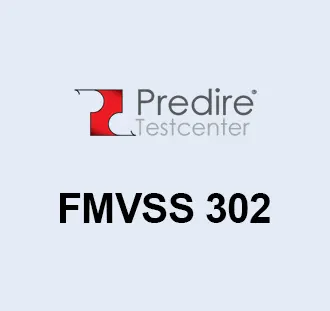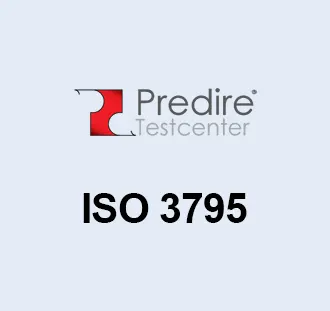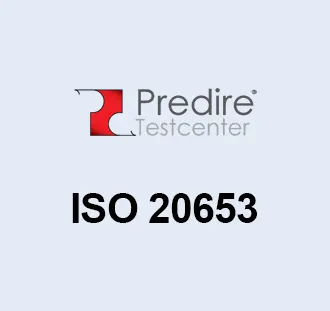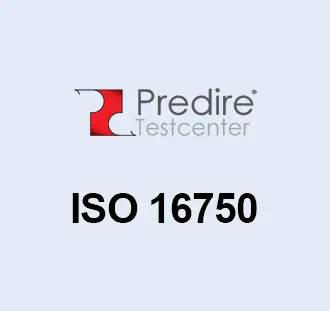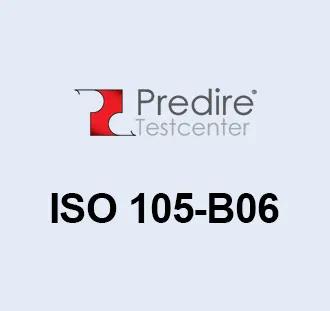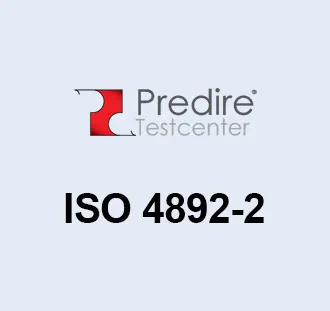VDA 75202: Automotive Interior Materials – Colourfastness and Ageing Test Against Light at High Temperatures: Xenon Arc
Overview and Purpose
VDA 75202 is a standard issued by the Verband der Automobilindustrie (VDA), which is the German Association of the Automotive Industry. This standard specifies testing methods for evaluating the colorfastness and aging of automotive interior materials when exposed to artificial light sources, particularly xenon arc lamps, at high temperatures. The aim is to simulate the effects of sunlight and heat on the materials used inside vehicles to ensure that they can maintain their color and integrity over time, contributing to the vehicle’s overall quality and durability.
How the Test is Conducted
- Sample Preparation: Samples of automotive interior materials are prepared according to the standard’s guidelines. This often involves cutting the materials into specified dimensions and conditioning them before testing.
- Exposure Conditions: The samples are exposed to light from xenon arc lamps, which simulate the full spectrum of sunlight, including ultraviolet (UV), visible, and infrared (IR) light. The exposure conditions are carefully controlled to replicate the high temperatures that materials would experience inside a vehicle exposed to direct sunlight.
- Test Duration and Cycles: The standard outlines the duration of exposure and the cycles of light and dark periods to mimic natural day-night cycles. The temperature and humidity levels during the test are also specified to ensure a comprehensive simulation of real-world conditions.
- Evaluation: After the exposure period, the materials are assessed for changes in color, texture, and any signs of degradation. The evaluation criteria may include visual inspection, colorimetric analysis, and physical property tests to determine the extent of aging and color fading.
Purpose of the Test
- Durability Assessment: Provides manufacturers with crucial information on the durability of interior materials under conditions of sunlight and heat, guiding the selection of materials that offer long-term performance and aesthetic appeal.
- Quality Control: Forms an integral part of the quality control process for automotive interiors, ensuring that the materials used meet the high standards required for color stability and resistance to aging.
- Innovation and Improvement: Helps in identifying materials that may not meet the required standards, driving innovation and improvements in material formulations and treatments to enhance their performance.
Head Office
Privacy policy and cookies
Click here to present our privacy policy and explains how we use cookies on this website

